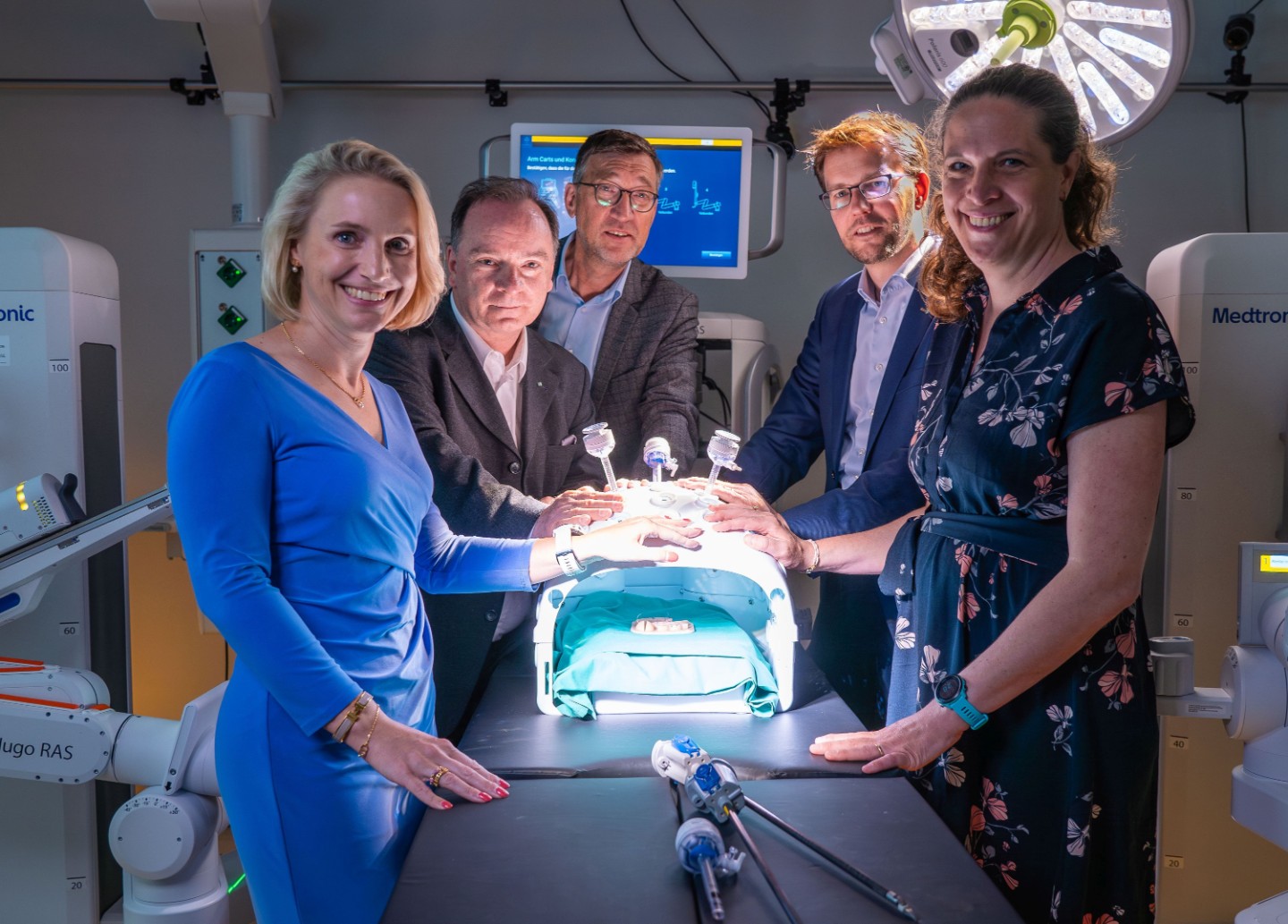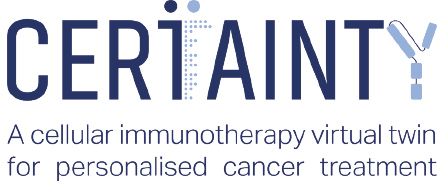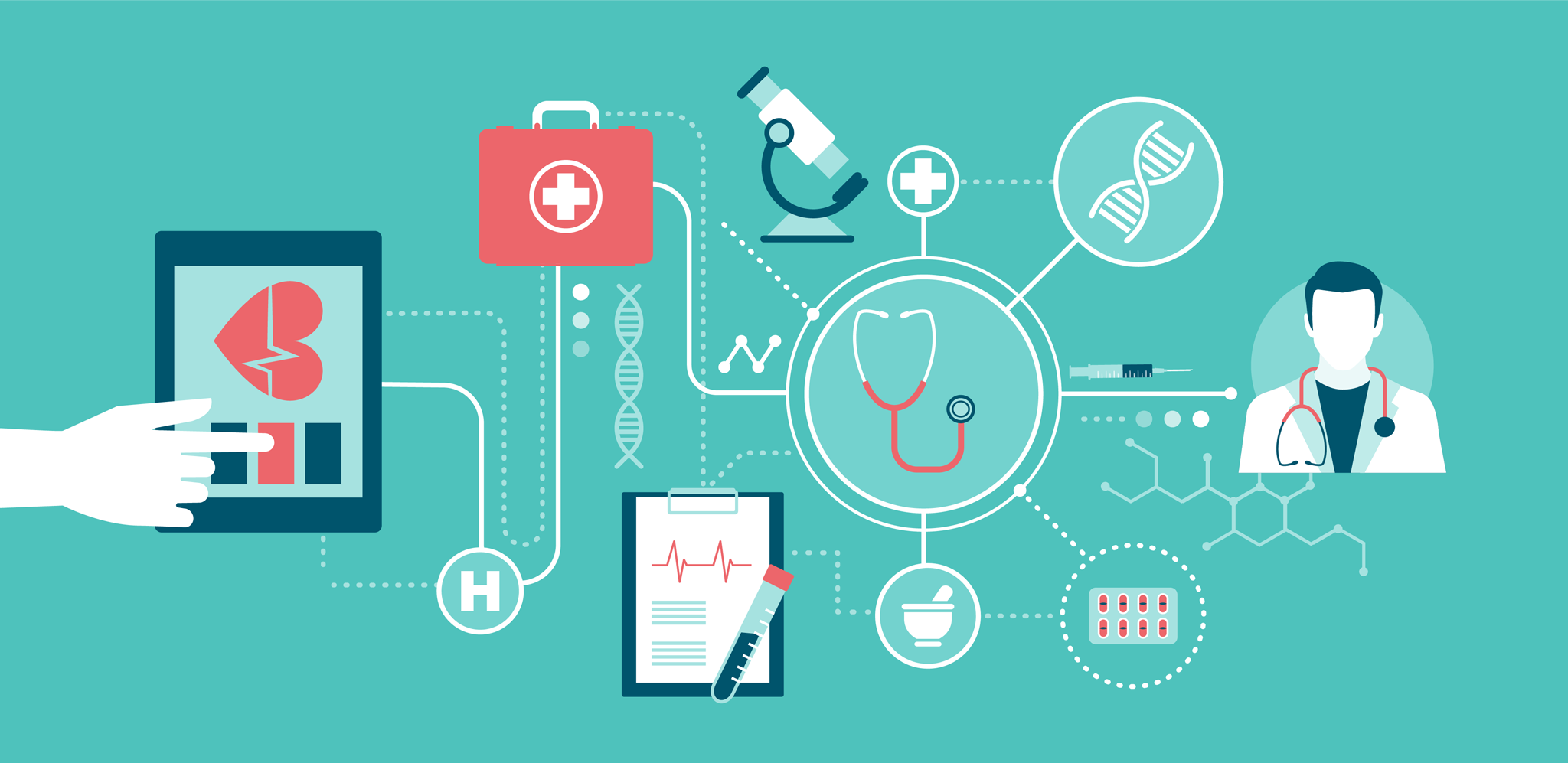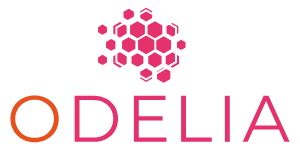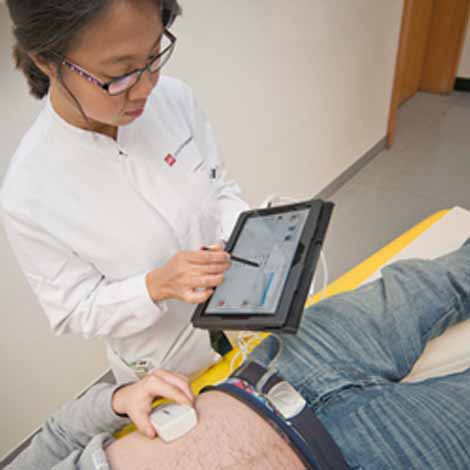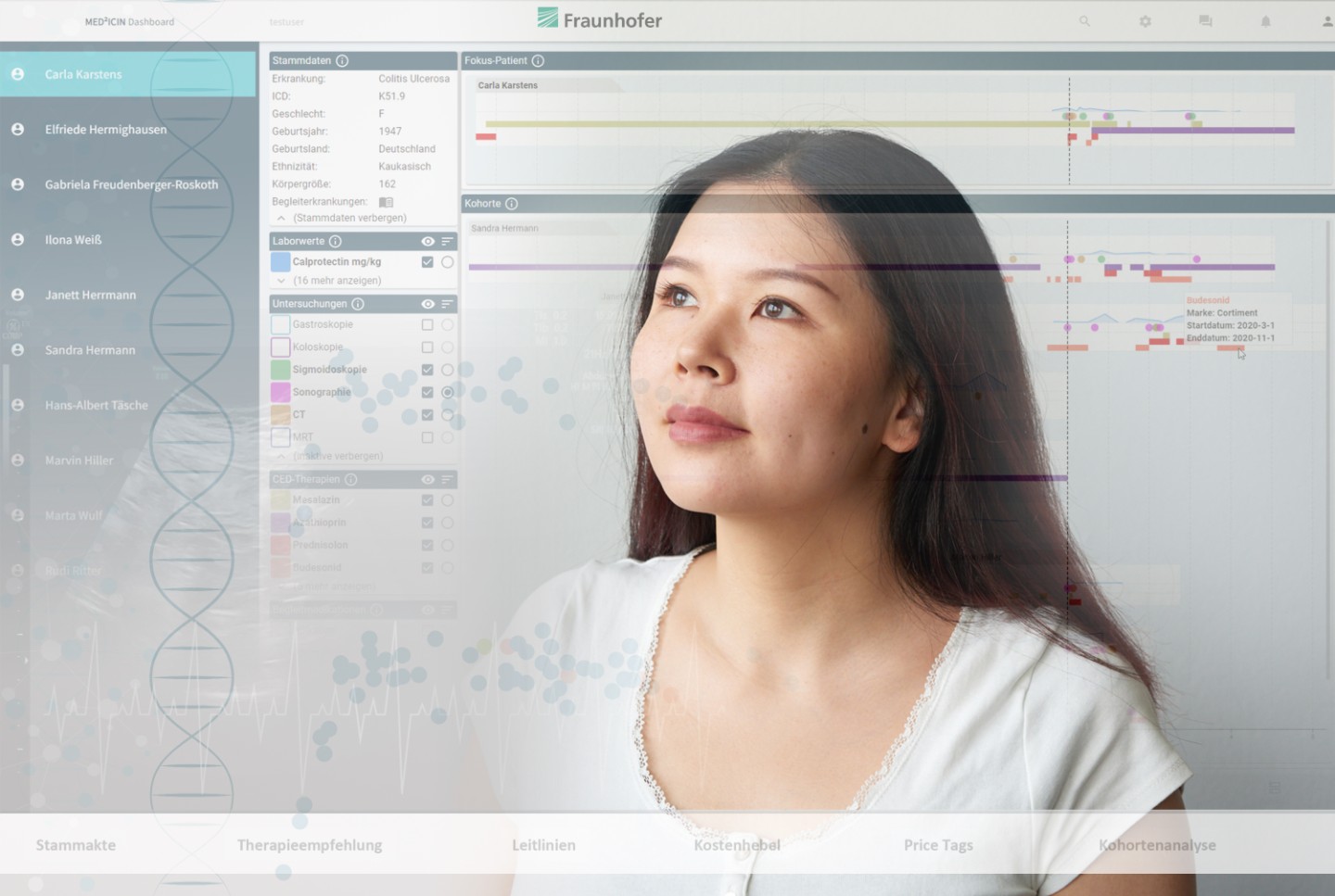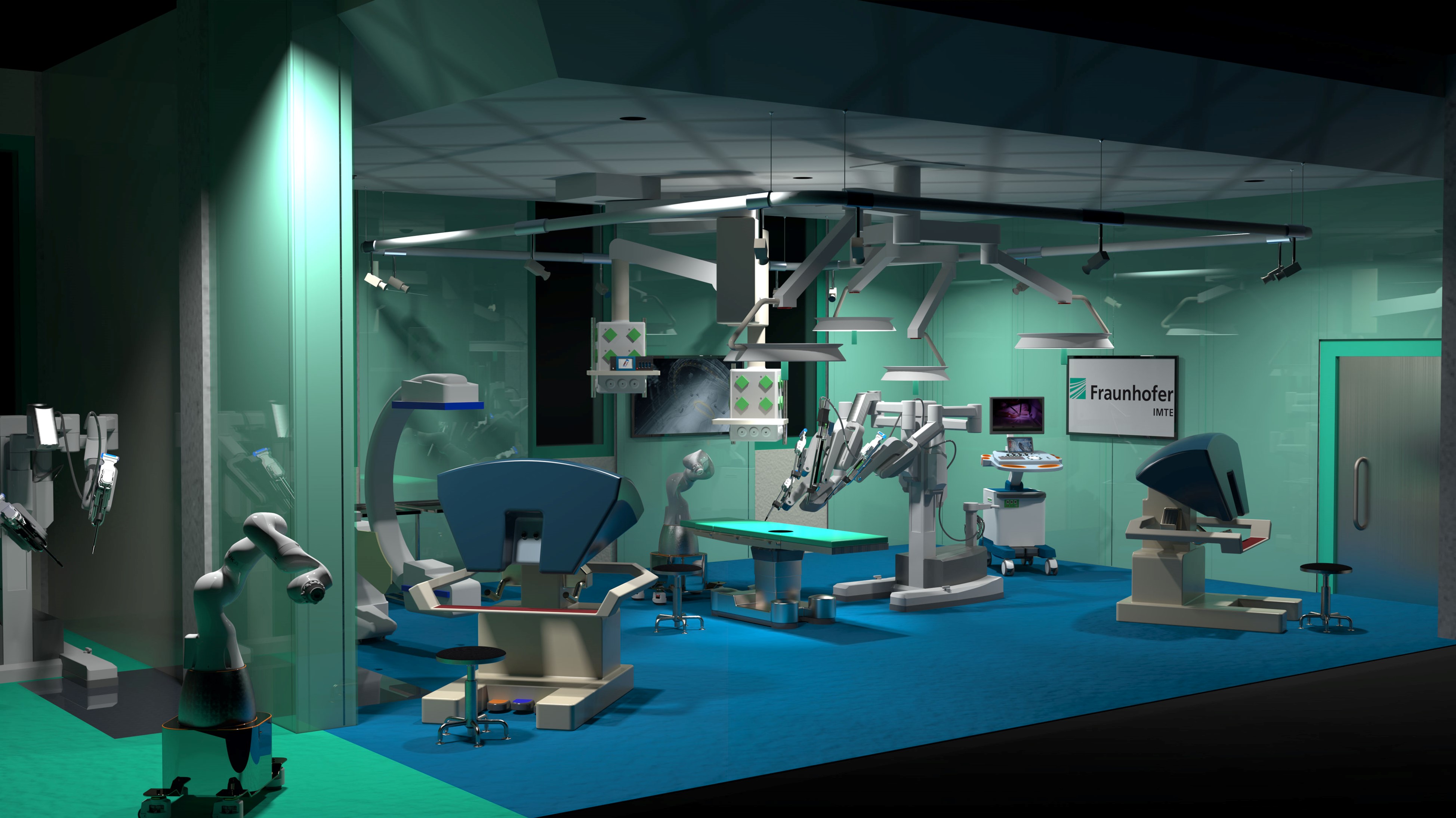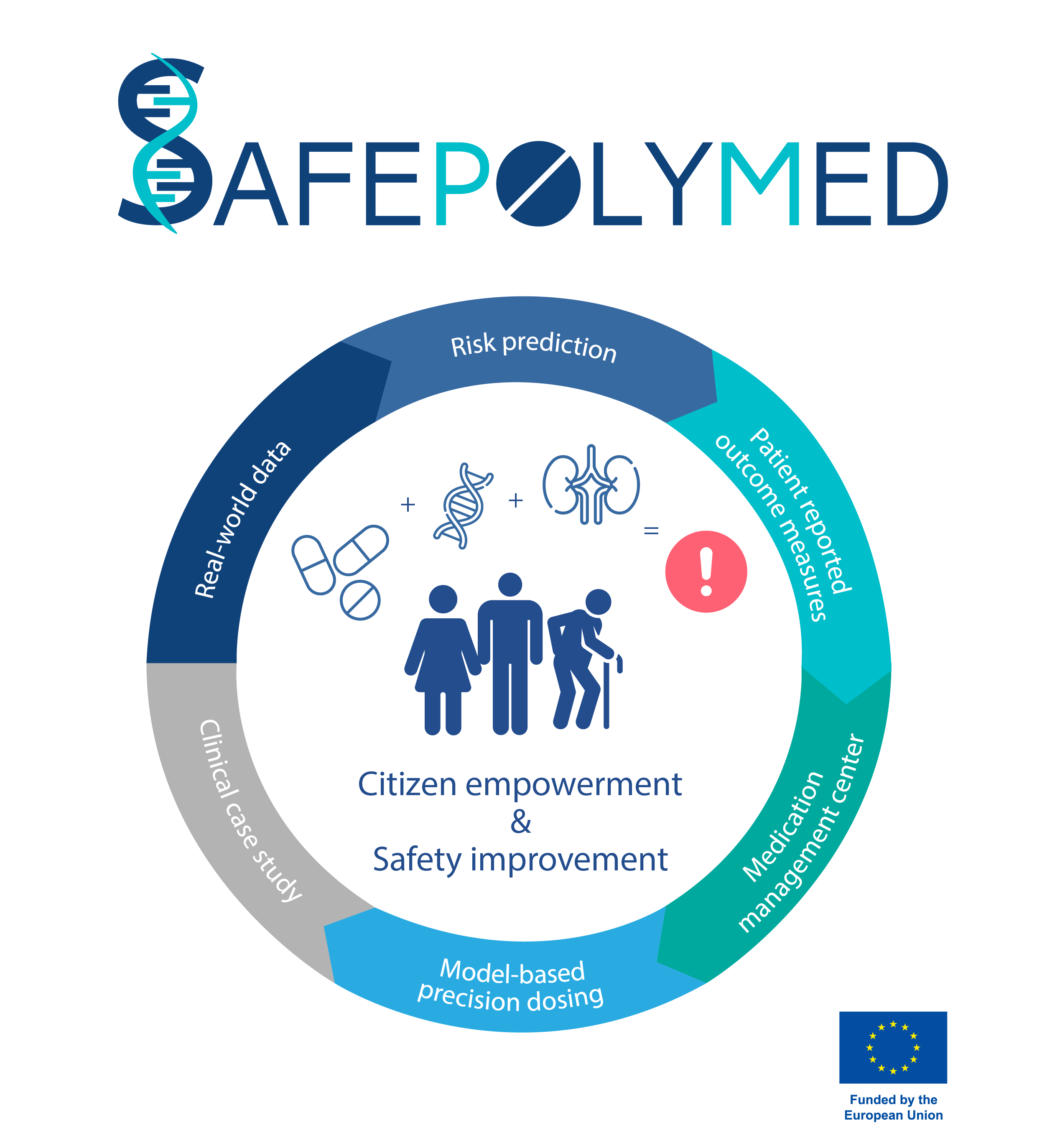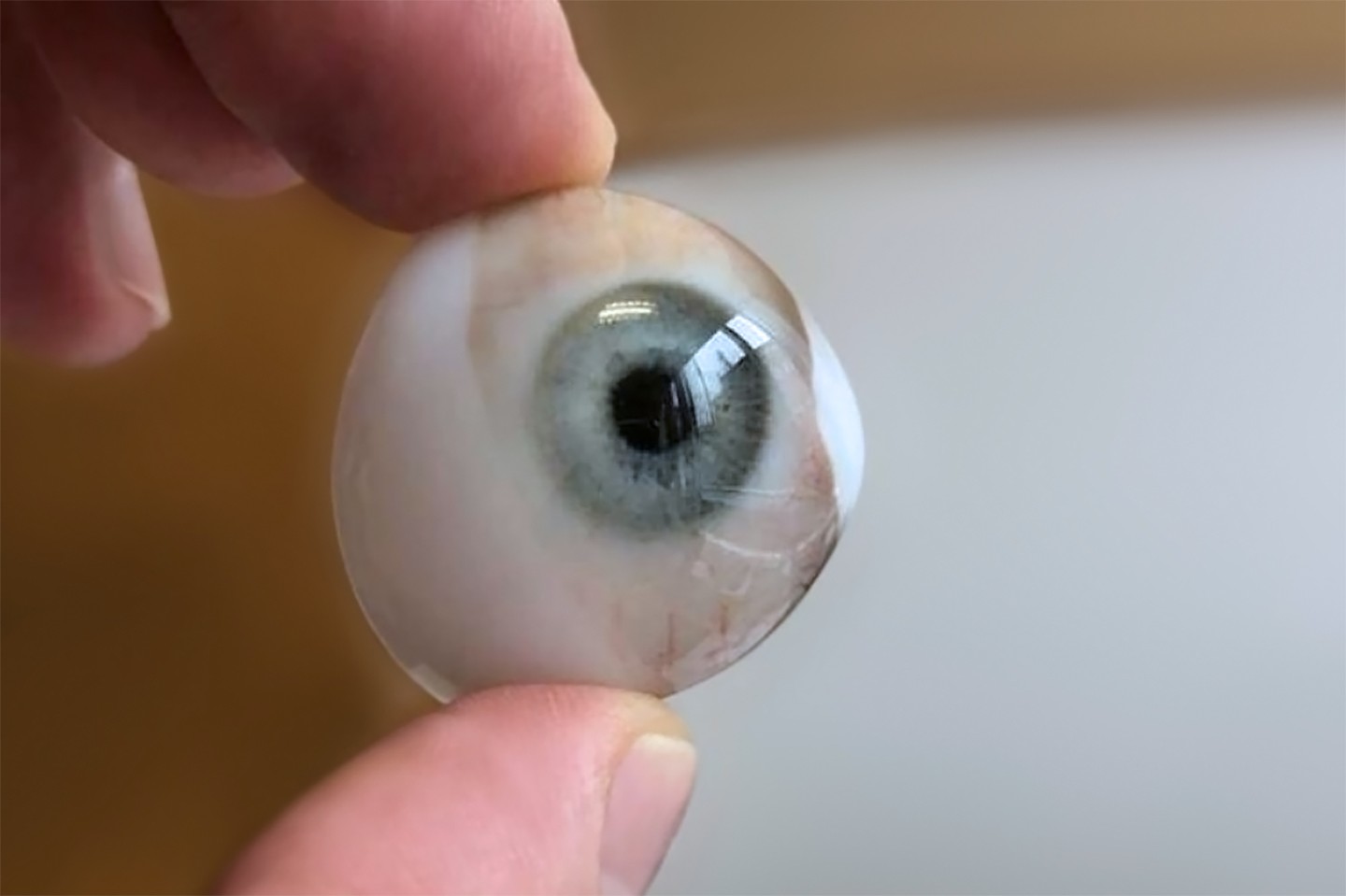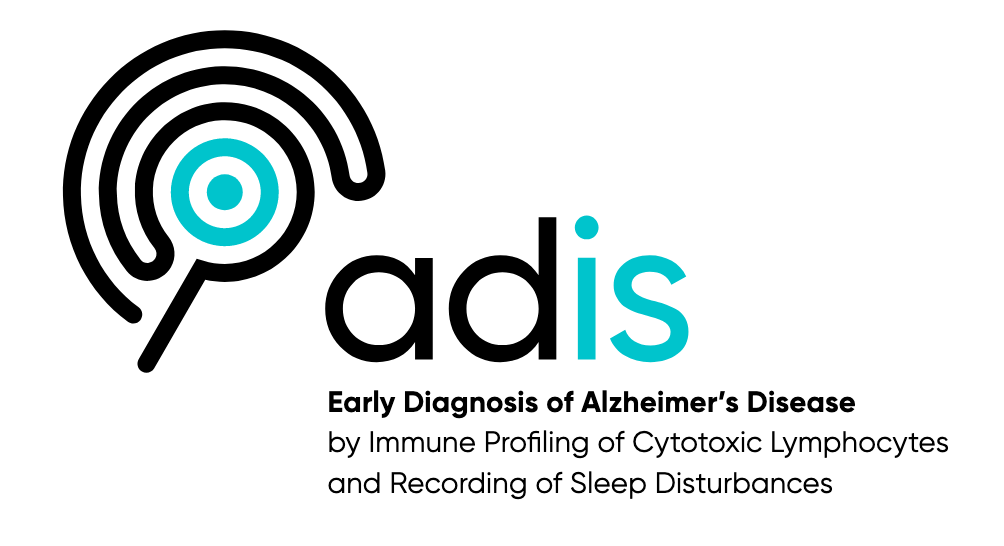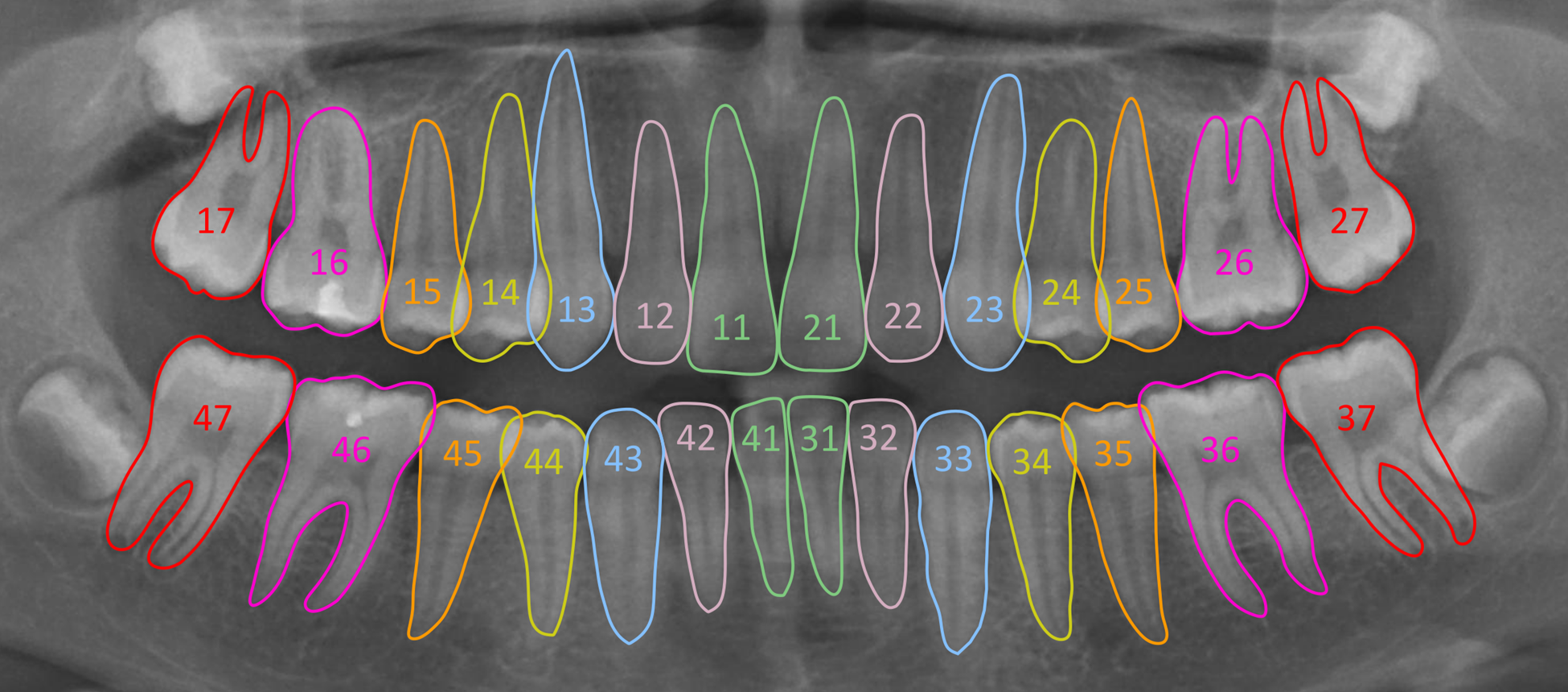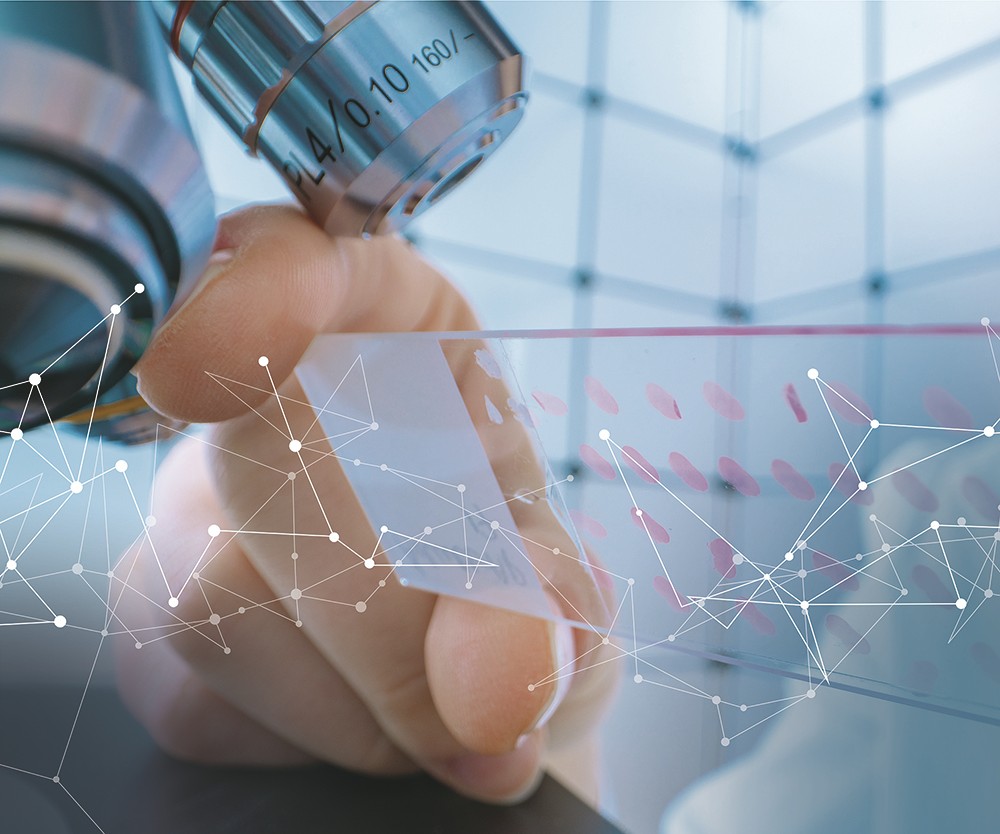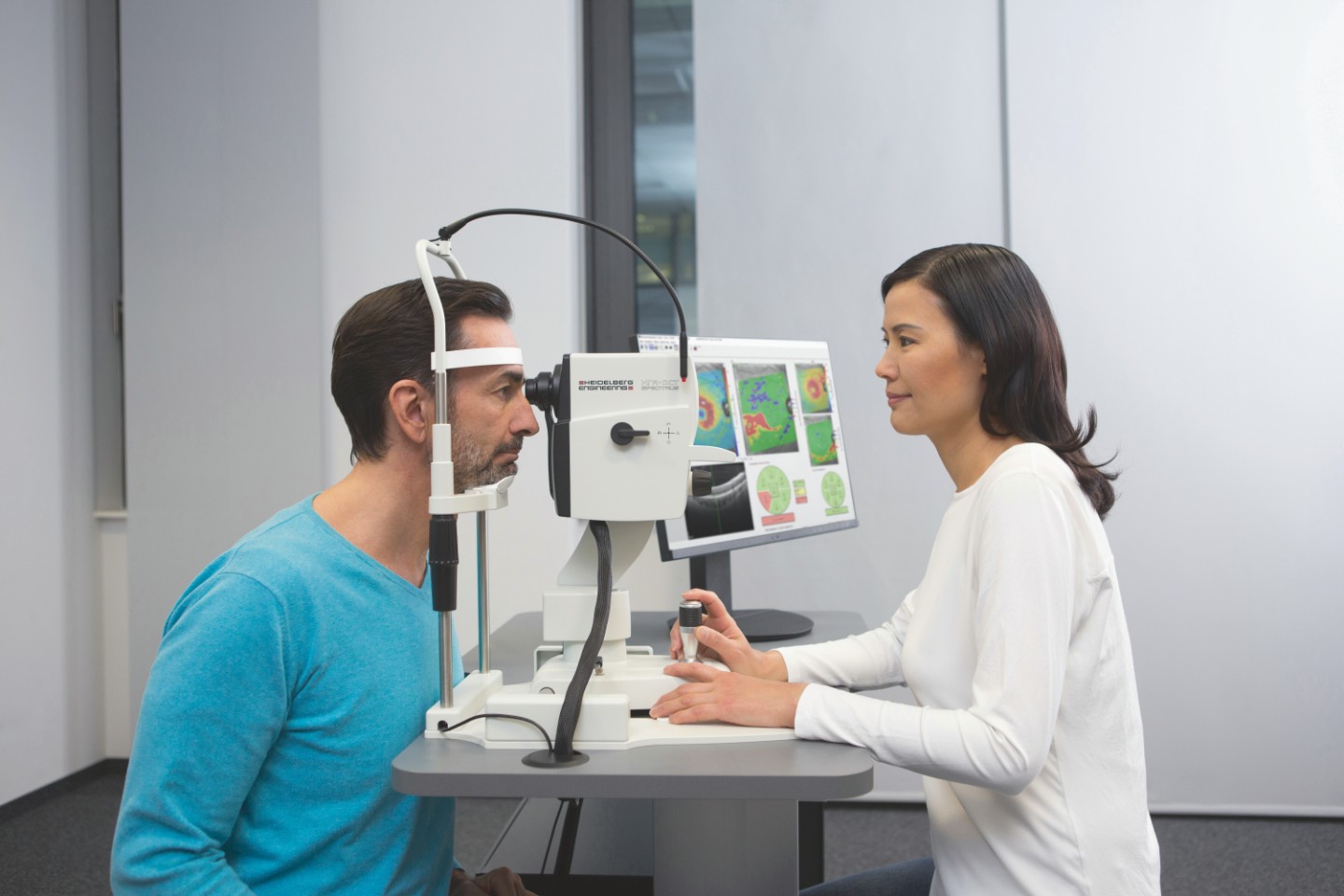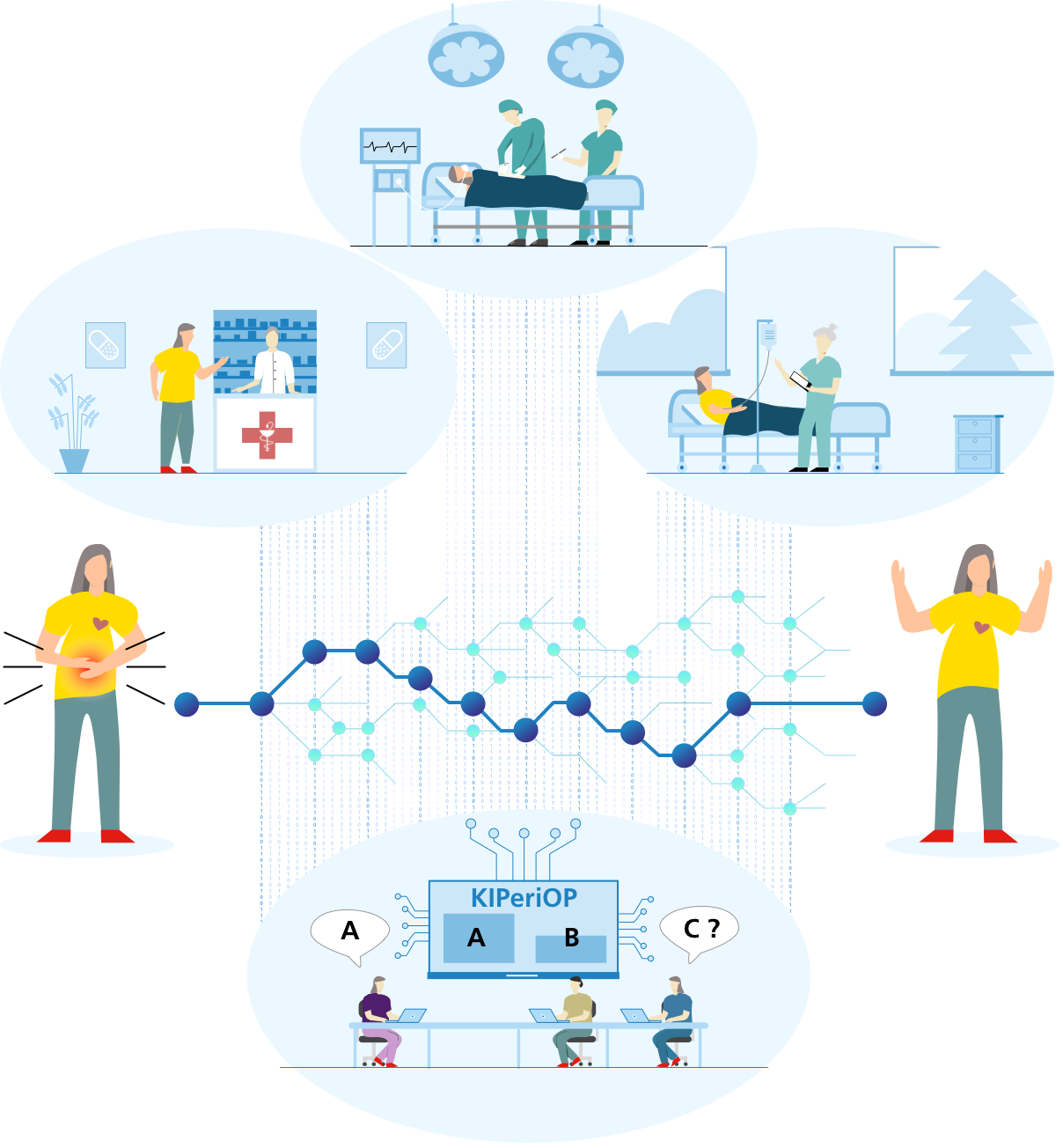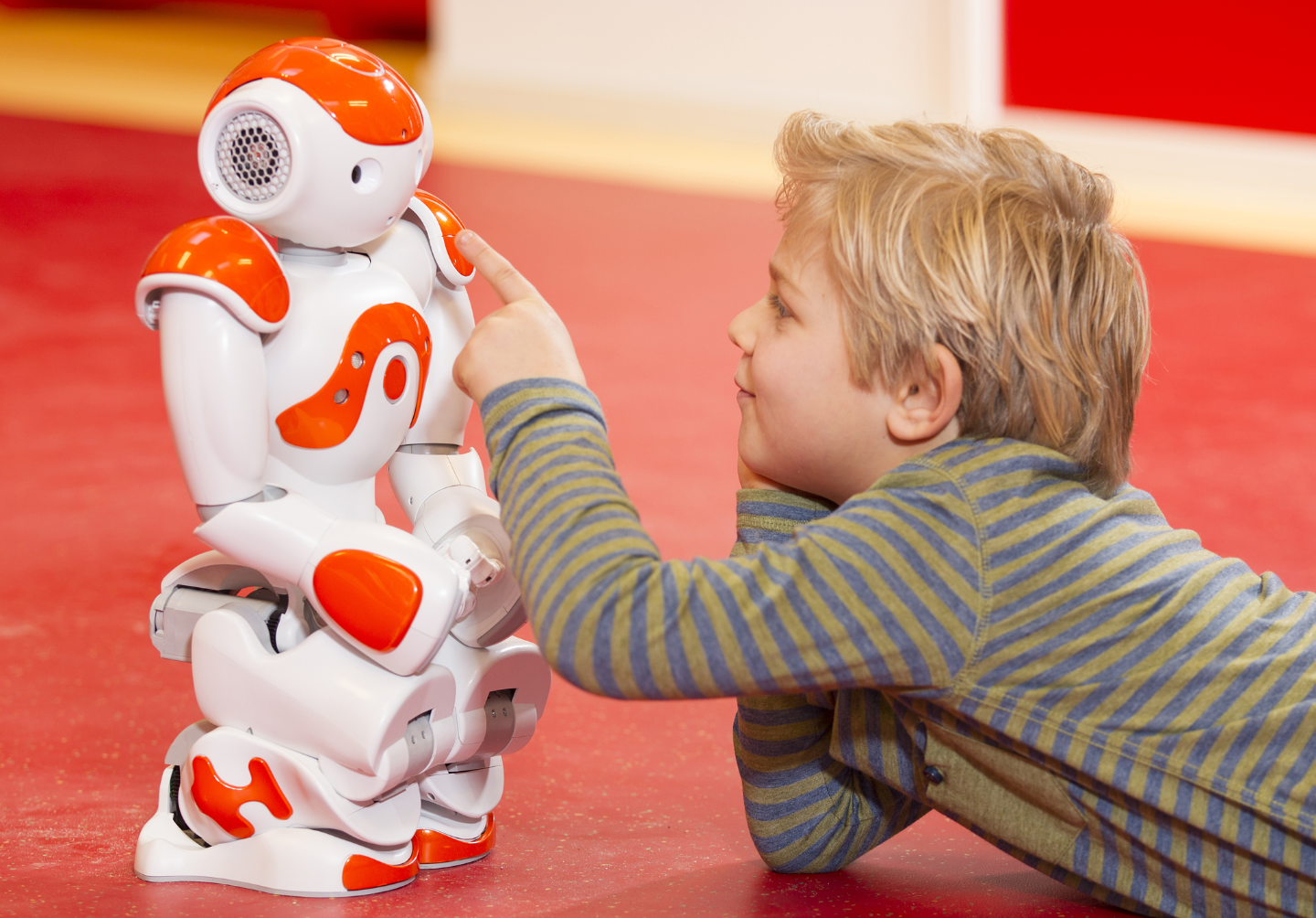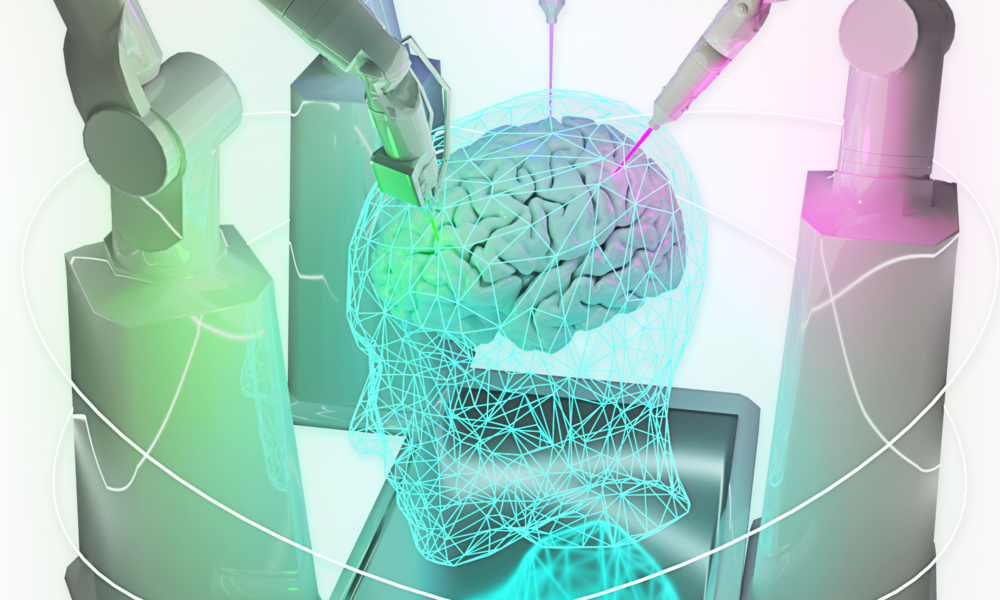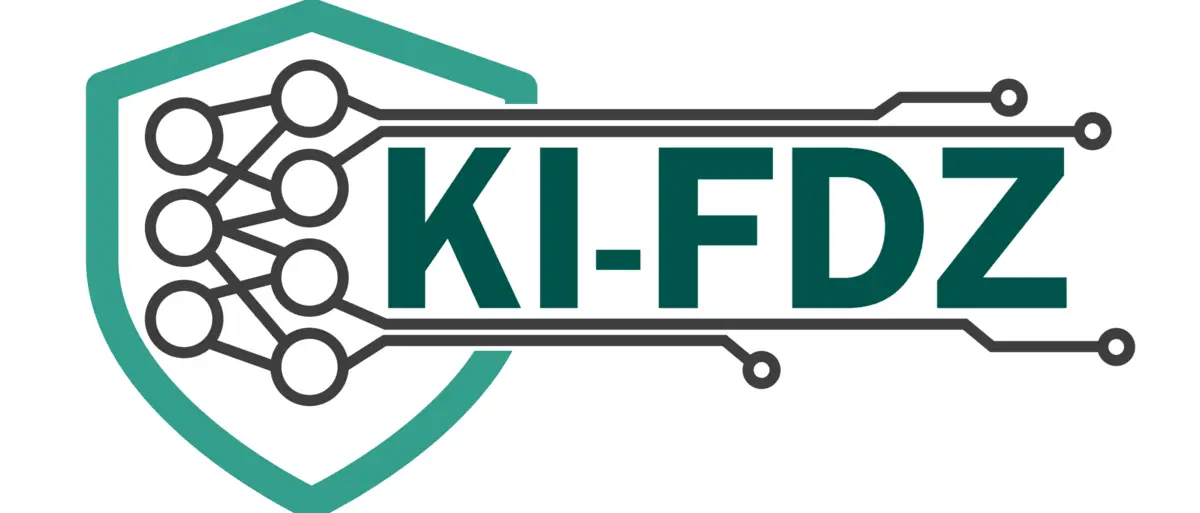Fraunhofer sets new standards for artificial intelligence in medicine
Fraunhofer’s highly qualified research scientists from the fields of information technology, sciences, medicine, and engineering are working on pioneering projects to harness the potential of AI for the healthcare sector. Their research covers a variety of medical fields and offers a wide range of applications. Big data analysis can help to make more precise diagnoses, develop personalized treatment plans, and increase the efficiency of the entire healthcare system. In terms of infrastructure, Fraunhofer is developing ways to exchange data and integrate multimodal information, such as image data and data from patient files. Particular attention is paid to the development of quality-assured medical products that meet the high demands of the healthcare sector. These standards guarantee the safety and reliability of the technologies used.
The following selection of projects with significant Fraunhofer involvement represents our role in transforming medical care. This is where the Fraunhofer-Gesellschaft is addressing the challenges of the healthcare sector — with the aim of consistently improving people's quality of life.






